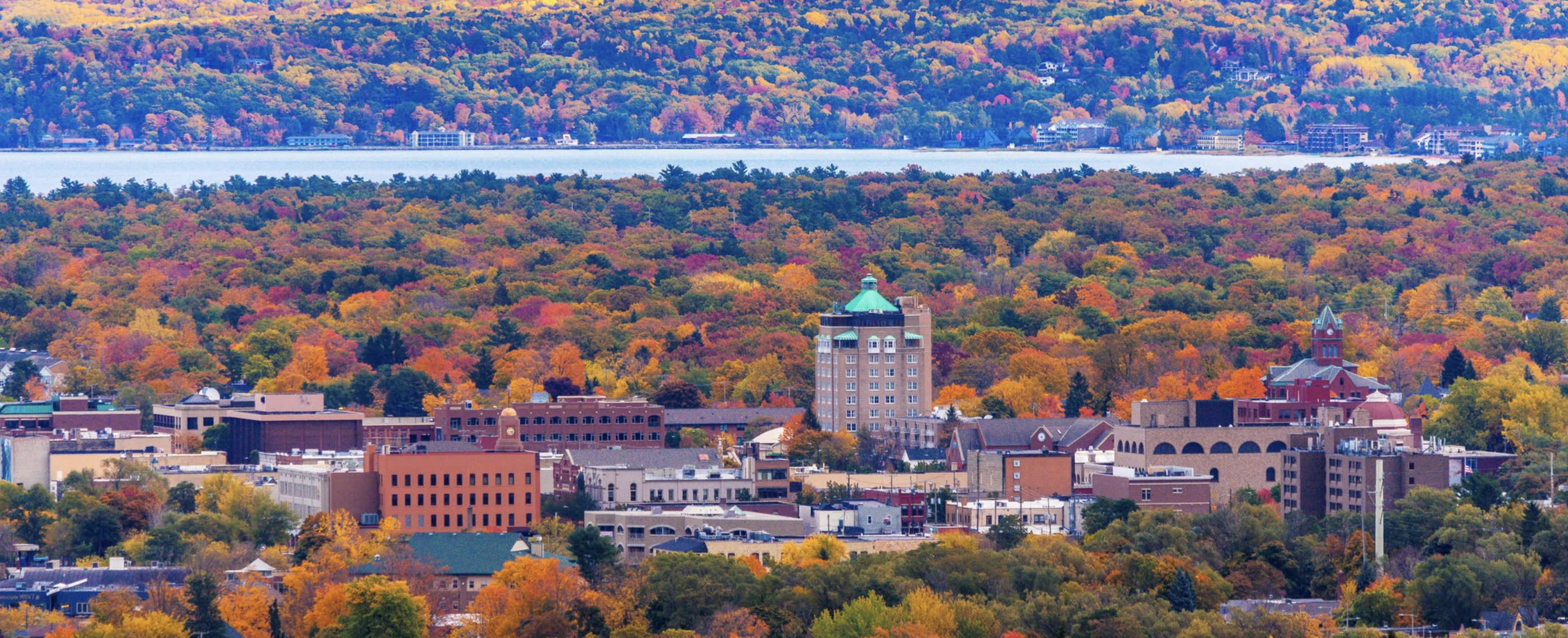

Cities with a Reasonable Cost of Living
Finding the right city to call home isn’t just about chasing the lowest rent or the cheapest house on the market. “Reasonable cost of living” is about getting good value for your money, where housing, groceries, healthcare, utilities, and daily life feel balanced with what you earn and how you want to live.
For some, that means a modest mortgage in a suburb with strong schools. For others, it’s a rental in a small city with real social energy, including a walkable downtown and affordable restaurants. On LookyLOO, our “Reasonable Cost of Living” cities aren’t necessarily the rock-bottom cheapest; they’re the ones where your paycheck stretches further without forcing you to give up quality of life.
Not sure which city fits your budget and your lifestyle? Take our 3-minute LookyLOO quiz to discover your best matches.
Find Your Next City Quiz→
What Counts as “Reasonable”?
When we call a city’s cost of living “reasonable,” we’re looking at the full picture, including:
- Housing: Median home prices and average rents compared to local incomes.
- Daily Expenses: Utilities, groceries, healthcare, and transportation costs.
- Value: What you get for the price, parks, schools, cultural amenities, and safety.
- Trends: Areas that remain affordable but are growing in popularity (and value).
Standout Cities with Reasonable Cost of Living
Traverse City, MI
A Lake Michigan gem with a lively downtown, year-round festivals, and outdoor access from wineries to hiking trails. Housing prices are lower than in many popular coastal towns, albeit expensive for Michigan, making it an attractive option for those who want scenic living without resort-town price tags.
What Works: Traverse City offers small-city charm at a manageable cost. The housing market is steady, not inflated like other waterfront destinations, and utility costs stay reasonable. Access to outdoor recreation and creative jobs gives residents a high quality of life without luxury pricing.
Portland, ME
Known for its food scene and walkable historic districts, Portland offers coastal beauty and cultural richness. Housing costs are moderate for a New England city on the water, especially compared to Boston.
What Works: Portland delivers big-city culture in a compact, more affordable package. Groceries, utilities, and healthcare costs sit below major metro averages, and home prices remain accessible for a coastal market. Walkability reduces transportation costs, and the tight local economy supports steady employment.
Cary, NC
A fast-growing town in the Raleigh–Durham metro with a strong job market, excellent schools, and plenty of green space. While prices have risen, they’re still reasonable compared to other tech and research hubs.
What Works: Cary’s appeal lies in balance. The cost of living is lower than in many competing tech regions, yet salaries stay strong thanks to nearby Research Triangle jobs. Home values hold steady, and low property taxes help families stretch budgets while maintaining access to top schools and safe neighborhoods.
Missoula, MT
A university town with a strong sense of community, surrounded by mountains and rivers. Missoula offers affordable housing by western mountain town standards, plus access to year-round outdoor recreation.
What Works: Missoula’s combination of affordability and scenery is rare in the Mountain West. Median home prices stay well below those in Bozeman or Jackson Hole, and everyday expenses remain manageable. Residents enjoy outdoor access, a strong local food scene, and a creative culture that doesn’t come with big-resort costs.
Round Rock, TX
Just outside Austin, Round Rock blends suburban comfort with big-city proximity. Housing costs remain lower than in Austin itself, and the city offers strong schools, major employers, and an active parks system.
What Works: Round Rock gives residents Austin-area access without Austin-area prices. The cost of housing, groceries, and transportation all run below the regional average. Large employers like Dell keep jobs local, and Texas’s lack of state income tax helps stretch household budgets even further.
Choosing the Right City for You
Even among affordable places, fit matters. Ask yourself:
- Do you want a quieter suburb, a small city, or an up-and-coming urban neighborhood?
- How important is proximity to major job centers?
- Do you need a strong public school system or is walkability a bigger priority?
Your definition of “reasonable” might be a city where you can buy a home without stretching your budget — or it might be a place where your rent leaves plenty left over for travel, hobbies, or savings.
Ready to find your perfect city?
- Take the Quiz to see your top matches
- Join LookyLOO to save and track your favorites
FAQs for Reasonable Cost of Living Cities
Q: What’s the cheapest city with good amenities?
A: It depends on your definition of “good amenities.” For some, it’s cultural attractions; for others, it’s outdoor space. Cities like those on our featured list balance low housing costs with parks, schools, and things to do. They are NOT the cheapest, but they are reasonable by market standards.
Q: Does ‘reasonable’ mean rural areas only?
Not at all. Many of the cities on this list are suburbs or small-to-mid-sized cities with solid infrastructure and amenities.
Q: Are these cities still affordable if housing prices rise?
We track trends and update our lists. Even with growth, many of these places remain more affordable than their metro averages.